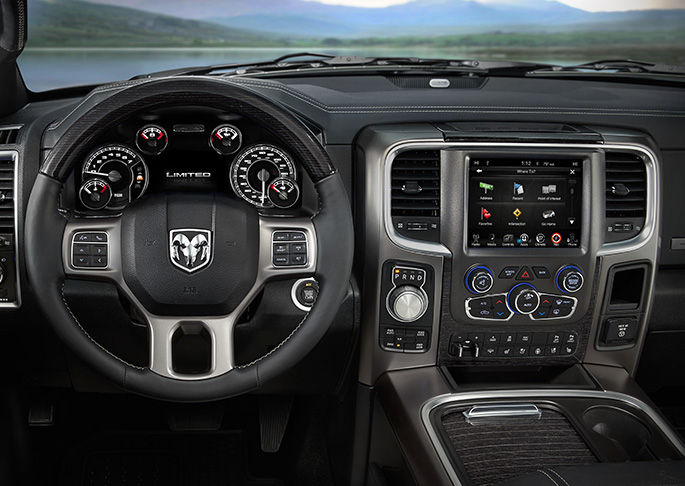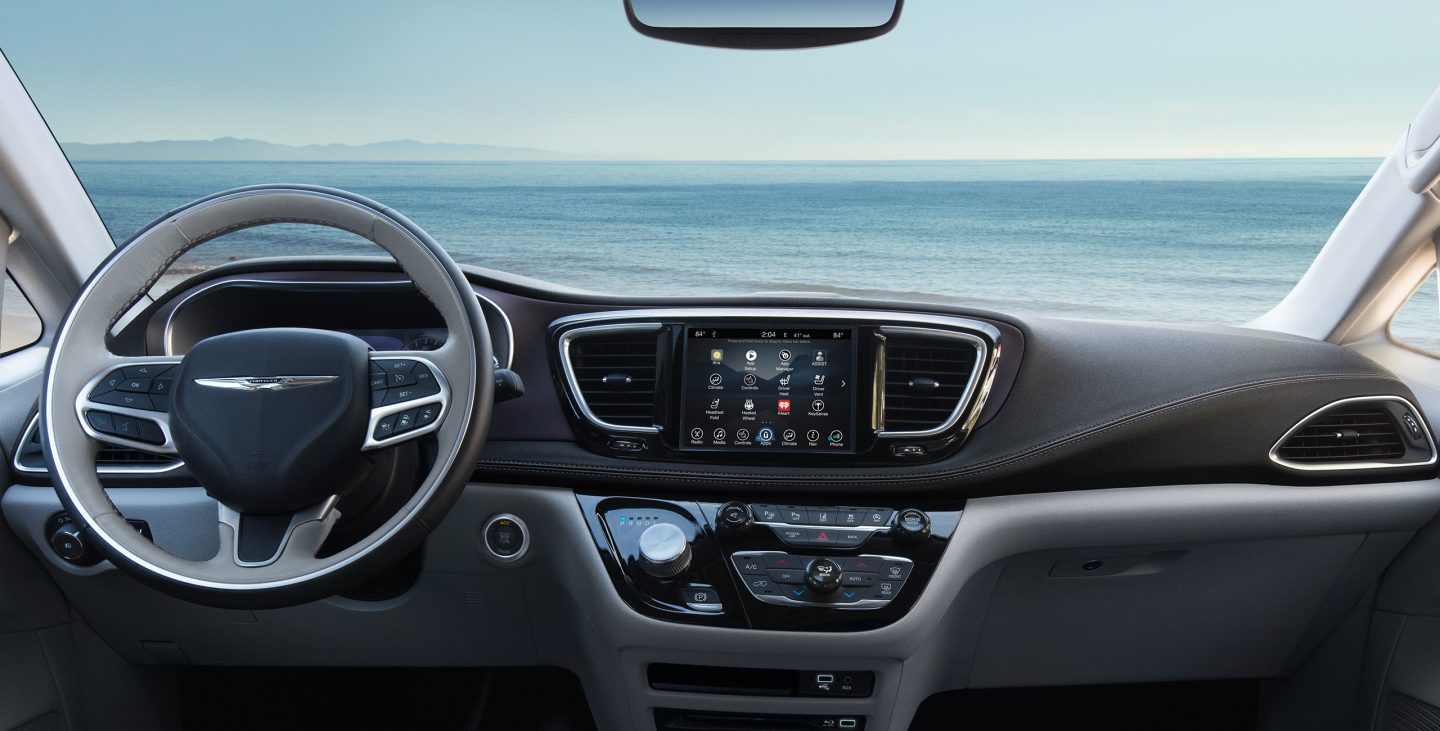Daimler Trucks has introduced the first “autopilot” for trucks, a system that still needs the presence of the professional driver, but that makes it possible for him to relax and let electronics to get in charge when driving on motorways or highways.
Developed as part of the Shaping Future Transportation initiative, Daimler Trucks has come out with the first-generation of the intelligent system “Highway Pilot”, an autonomous driving solution which also helps to reduce emissions and ensure road safety.

“Highway Pilot “ is a system that allows drivers to take control of his truck until it is placed on a fast road (highway or motorway) and from that moment on, they pass the truck control to the “autopilot”, which will be responsible for driving for the most tedious and boring part of the route. Daimler Trucks proposes 2015 as the date for the commercial availability of the “Highway Pilot”.
Keep in mind that the driver is always driver at the wheel, to take over whenever necessary, although with the “autopilot” activated the driver can take a more relaxed attitude, taking back his seat and rotate it to the right in order to stretch their legs and get involved with other functions of his daily work such as managing orders, downloads, reading or surfing the internet.
The first “Highway Pilot” has been installed on a 449 hp Actros tractor with a 12-speed PowerShift 3 automated gearbox, dragging a semi-trailer with aerodynamic fairing. The complex technical and sensor equipment required by the “Highway Pilot” for its operation have been set in different parts of the outside of the cab, in a so subtle way that they are hard to spot at first glance.

Among other elements for control purposes, the vehicle has short and long-range radar in charge of sweeping the front of the vehicle up to a distance of 250 meters with a viewing angle of 18 °. This radar locates and identifies the position of the vehicles surrounding the truck as it does with any obstacle or other object that are within its scope.
The radar is supplemented with short-range sensors that are responsible for managing the distance control system as well as the emergency Brake Assist. A 100 meters range with viewing angles of 45 ° (horizontally) and 27 ° (vertically) stereoscopic camera is responsible for identifying the existence of one or two lanes and the presence of static or moving pedestrians, noting the free space available and reading traffic signals, as well as keeping the truck in the lane between the two lines that mark its limits.
This prototype also has the Predictive Powertrain Control (PPC), so that the truck knows its position at all times and has the mapping of the route and the topography of the road on which it is moving.
Brain and sensors
To interpret the data a high-powered processor, which is activated at the moment you insert the ignition key, has been developed. It not only analyzes the data generated by the vehicle itself, but also the data that it gets from the external interconnection systems. So the truck reports its own movements and also receives the movements of all those around it up to a distance of 500 meters, in real time.
But there are some maneuvers that the designers have not left to the “Highway Pilot”, such as overtaking, changing lanes on a road junction or getting out of a highway which are left to the driver.
Looking at the road ahead
In developing the system, the engineers at Daimler Trucks had access to a sound existing body of assistance and safety systems. For instance, the front radar unit forms the basis for Proximity Control Assist and Active Brake Assist 3. These systems ensure greater safety, for example, in the Mercedes-Benz Actros and Freightliner Cascadia Evolution. The stereo camera monitors the area in front of the vehicle and is a further development of the mono camera used in today’s Lane Departure Warning system. The new camera detects everything that stands out from the background: traffic lanes, pedestrians, moving and immobile objects. This enables it to precisely calculate the available space. The stereo camera also registers the information on traffic signs.
Knowing exactly where you’re going
A digital three-dimensional map ensures that the Highway Pilot is able to perfectly negotiate every bend and gradient. The same map is used by the existing Predictive Powertrain Control (PPC). This means that the truck is always aware of the road ahead and its topography. And that also has a positive effect on fuel economy.
A strong team: human and machine
• Once the truck is safely on the motorway or highway, the driver can activate the Highway Pilot.
• The vehicle switches to autonomous mode and adjusts to the speed of the traffic.
• The truck automatically keeps to the legal speed limit, maintains the required distance from the vehicle in front or uses the Stop-and-Go function during rush hour.
• The Highway Pilot does not initiate autonomous overtaking manoeuvres. Those remain the prerogative of the driver. The same applies to leaving the highway or motorway as well as to changing lane.
• By means of the user interface, the Highway Pilot visually informs the driver about the current status and receives instructions.
• The driver can manually deactivate the Highway Pilot and override the system at any time.
• If the vehicle loses the ability to detect key aspects of the surrounding environment, the driver is immediately requested to take back control. This happens when driving through roadworks, in case of extreme weather conditions (heavy snowfall, ice, thick fog) or if there are no lane markings.

Good for the environment and the wallet
Autonomously driving trucks will enhance fuel efficiency, improve road safety, reduce traffic jams and lower CO2 emissions. Tests conducted with Mercedes-Benz and Freightliner trucks indicate that autonomous driving can reduce fuel consumption by up to five percent. According to a study by Frost & Sullivan, an autonomously driving heavy-duty truck can save an average of around seven percent in fuel on long distances. The figure for regional transport would be about four percent. Yet fuel consumption is not the only factor. A more even flow of traffic will, for example, put less stress on vehicle components. This means that a truck that is predominantly autonomous is also likely to result in lower maintenance costs for the operator.

Relief for the driver
Autonomous driving will free human truck drivers from “having to” drive. Tiring and monotonous long-distance trips are part of everyday life for a truck driver and make up a large proportion of the workload. While the truck is driving itself, the driver is not just free to relax or cultivate their social contacts. They could also, for example, take care of organisational tasks. Where required, owner-driver businesses will be able to perform office tasks conveniently while on the move. Carrying out other activities will significantly change the job profile of the truck driver. This will lead to promotion opportunities. Instead of just driving, someone could progress to become a transport manager, and the job of truck driver will become more attractive.
Future traffic could look like this: autonomous and networked.

@Info credits daimler




















